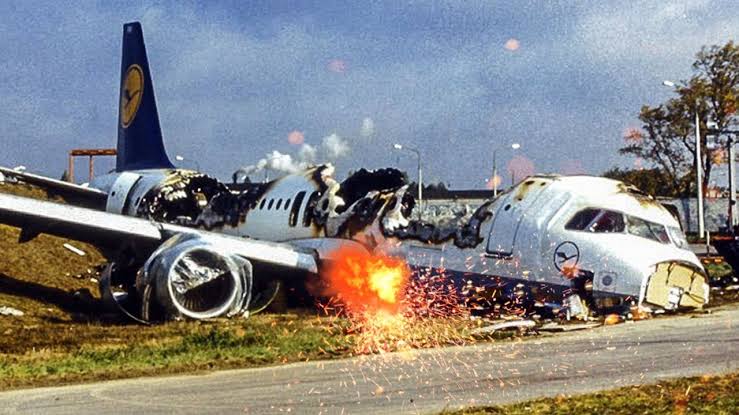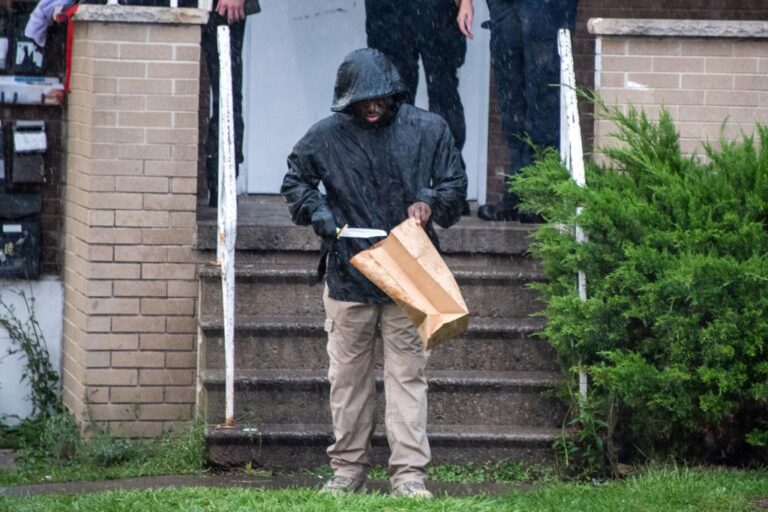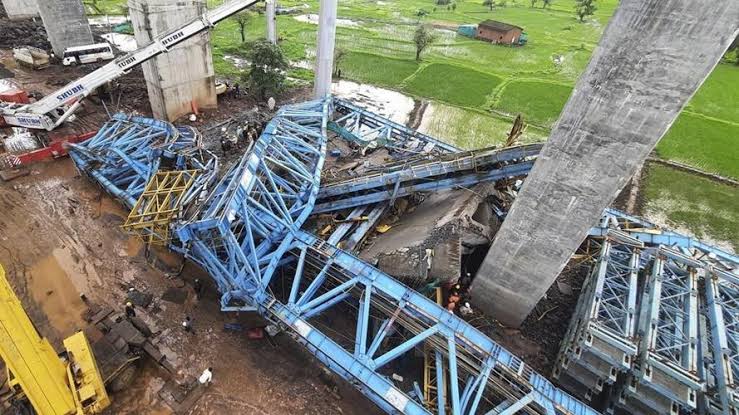A Lufthansa flight from the airport in Warsaw veered off the runway and crashed into a concrete wall.
Lufthansa Flight 2904 Crash at Warsaw Okęcie – An Analysis of the Tragedy and Its Consequences
On September a tragic accident occurred at Warsaw Okęcie Airport involving a Lufthansa aircraft. Flight 2904, operated by an Airbus A320-211 with registration number D-AIPN, ended in disaster, resulting in the deaths of two people and serious injuries to 56 others. This accident became one of the most severe in the history of Polish civil aviation and significantly influenced subsequent changes in aviation safety procedures.
Flight Progress and Circumstances of the Accident
The aircraft took off from Frankfurt am Main at 13:35 local time, heading toward Warsaw’s Okęcie Airport. On board were 70 people—64 passengers and 6 crew members. Upon arrival in Warsaw, the crew was informed by air traffic control of squall-like weather conditions at the airport, which could affect landing safety.
During the approach to runway 11, the pilots chose a landing technique meant to counter anticipated crosswinds, which involved a slight bank of the aircraft. Unfortunately, at the moment of touchdown, instead of the expected crosswind, a tailwind of about 20 knots was present. This increased the landing speed by approximately 20 knots. The aircraft touched down 770 meters from the beginning of the runway, and the second main landing gear contacted the ground nine seconds later, 1,525 meters further along. Only after the left gear touched down did the automatic braking systems activate, but the remaining runway length was too short to bring the plane to a stop.
Unable to stop in time, the crew attempted to veer right off the runway, where the aircraft struck an embankment and an ILS (Instrument Landing System) antenna. The impact caused a fire in the left wing, which spread to the passenger cabin. Two people were killed on the spot—the training captain and a passenger who lost consciousness due to smoke and failed to evacuate.
—
Causes of the Accident
The final report by the investigation commission pointed to several factors that contributed to the crash:
1. Crew Errors: The crew made several questionable decisions, such as failing to respond to changing wind conditions and continuing the landing despite an improper touchdown. These actions were deemed inconsistent with standard procedures.
2. Lack of Updated Meteorological Data: Air traffic control lacked real-time data on wind conditions, making it impossible for the crew to make fully informed decisions during the landing.
3. Limitations of the Fly-by-Wire System: The aircraft’s computer system did not allow the activation of aerodynamic brakes and thrust reversers until a minimum load on the landing gear was detected. This delayed the braking process and reduced the available stopping distance.
4. Improper Use of Emergency Procedures: The crew did not initiate a go-around (aborted landing), even though conditions at the time justified and permitted such an action.
—
Effects and Lessons Learned
The crash of Lufthansa Flight 2904 had serious repercussions both for the airline and the aviation industry in Poland and beyond. In response to the accident, a number of changes were introduced to improve flight safety:
Changes in Landing Procedures: More stringent regulations were implemented for landing under squall and variable wind conditions, emphasizing the necessity of current meteorological data.
Improved Warning Systems: Airport information systems were upgraded to provide crews with more accurate and up-to-date weather conditions.
Crew Training Enhancements: Greater emphasis was placed on training for unpredictable weather and emergency procedures, including decision-making related to go-arounds.
Review of Fly-by-Wire Systems: Aircraft control software was analyzed and updated to allow for faster responses to changing landing conditions
The Lufthansa Flight 2904 accident was a tragic event that highlighted the critical importance of proper procedures, current weather information, and thorough crew training in ensuring flight safety. Though more than three decades have passed since the crash, the analysis and lessons derived from it remain highly relevant and continue to form the basis for improving global civil aviation safety.






